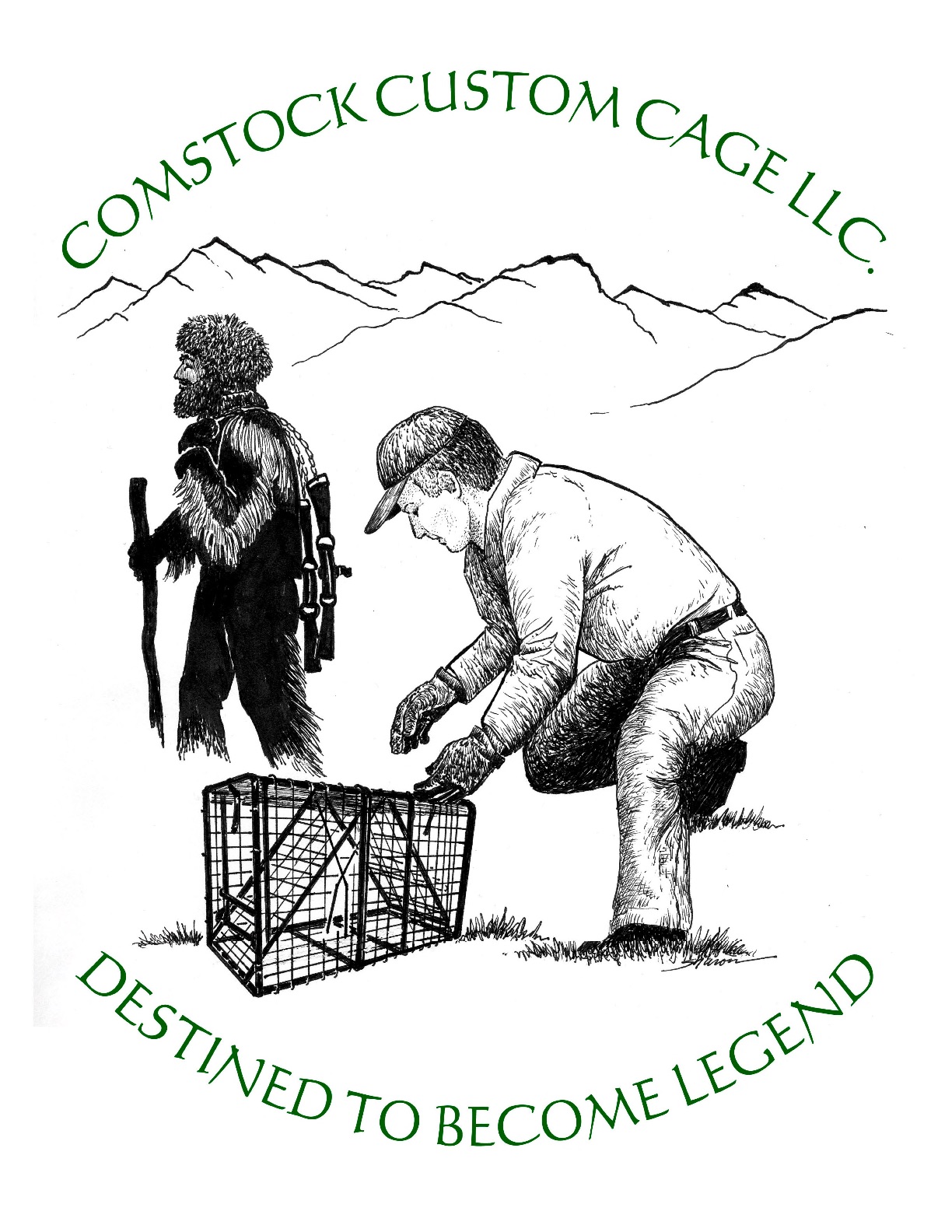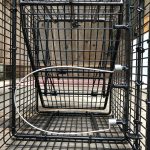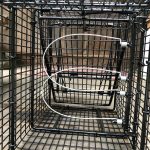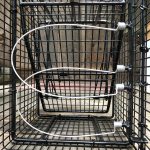Options in Setting Comstock 9×11 Double Door Cage Traps with the Pop on Triggers Wires
The catalyst for composing this segment emanated from a trapper asking how to get the best results while trapping a variety of different sized animals when using the shortest Comstock double door cage traps. The following addresses trap setting for large and small animals, young and adult, with regards to the new pop on triggers as it relates to trap length. The 9×11 series of double door traps now comes with pop on triggers in 18, 24, 30 and 36 lengths.
The shorter 18’s and 24’s were designed for smaller animals like woodchucks and skunks, opossum and rabbits, even armadillos for which we suggest 24’s. First made for Animal Damage Control Trappers, shorter traps take up less space in transport to be used at any location, especially where there is limited space for trap placement. When using shorter traps attention must be payed to how the wire triggers are used. These traps are equipped with two looped overlapping wire triggers that provide a number of options for trigger placement and usage.
*When longer 30 and 36 inch double door traps are used for adult woodchucks virtually any trigger wire configuration is acceptable.
—For 18 and 24 inch Comstock double door traps—
1)—Two overlapping trigger wires are attached to the four posts on the swing bar from the factory, filling the entire trap opening top to bottom. You may have noticed that if you take the wires off and flip them, they will have a “high and a low” position on the swing bar when you place them onto the posts due to the way the coils are located in relationship to the trigger wire. If you flip the bottom wire you will see that the trigger wire is now either elevated or dropped about 3/4 of an inch from the floor of the trap.
*For juvenile animals you may want to keep both the bottom and top wire in the lower position. Additionally, in order to help force a small into the wires we sometimes add dirt to the bottom of the trap perhaps 1/2” to 1”, thus raising the floor, essentially lowering the trigger wire.
2)—For an adult woodchuck or armadillo it may be best to use only the top trigger wire to allow the animal to enter more deeply into the cage compartment before the trap fires. In this way the animal can duck the wire and instead of firing the trap when his head contacts the wire, he will fire the trap with his neck, shoulder or back as he passes through the trap, centering him in the trap compartment as it fires.
*Some trappers have chosen to use only the bottom wire.
What it comes down to is, depending on circumstance, you may use both wires set either “high or low,” or use only one wire, top or bottom, again set “high or low.” By adding dirt to the bottom of the trap you can force small juvenile animals into the trigger.
***Once a catch is made, be sure to locate the trigger wires first!




